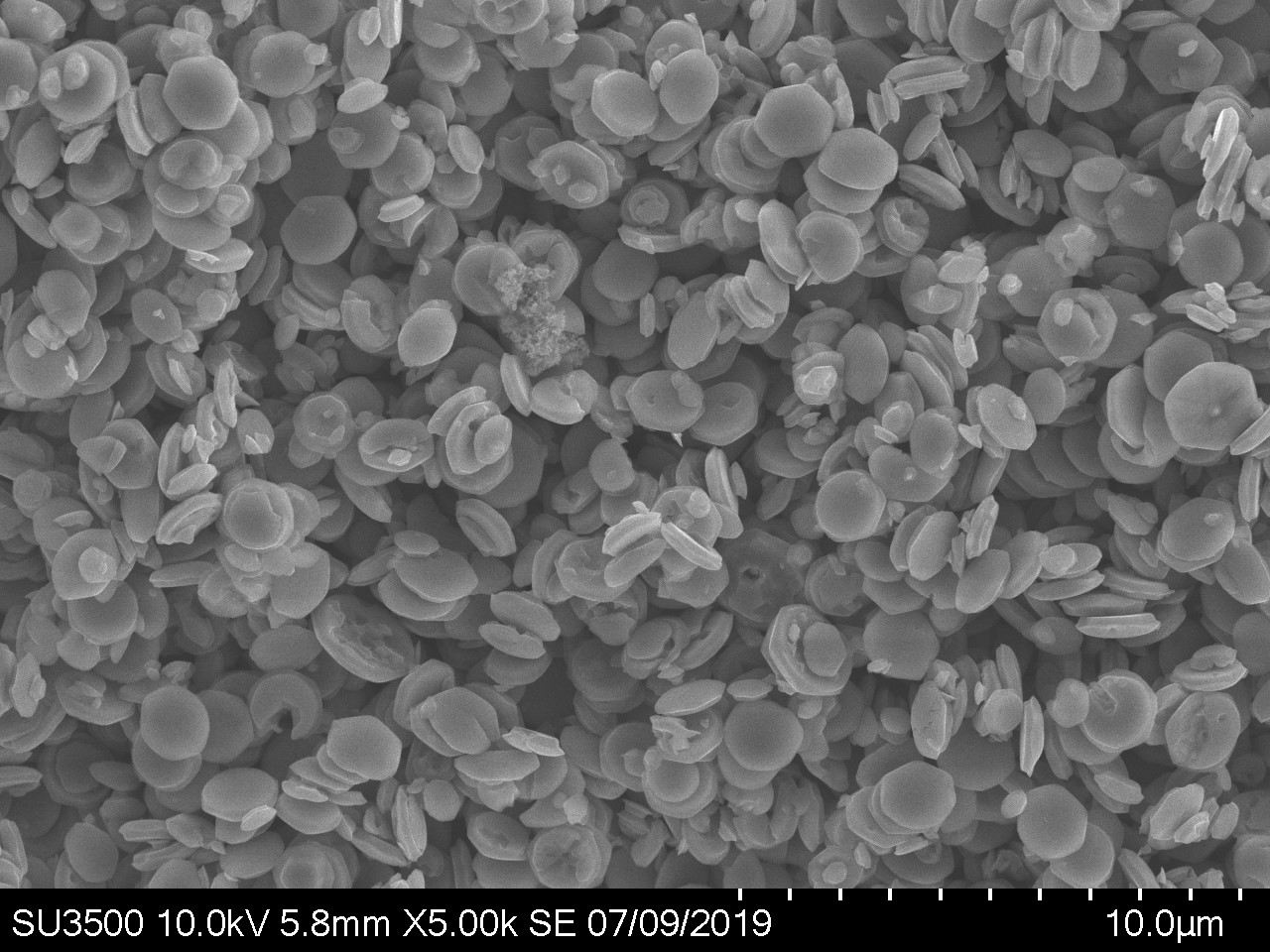W.M. Keck Foundation
Scanning Electron Microscope
The W.M. Keck Electron Microscopy Center utilizes the SEM in a number of different research projects and courses.
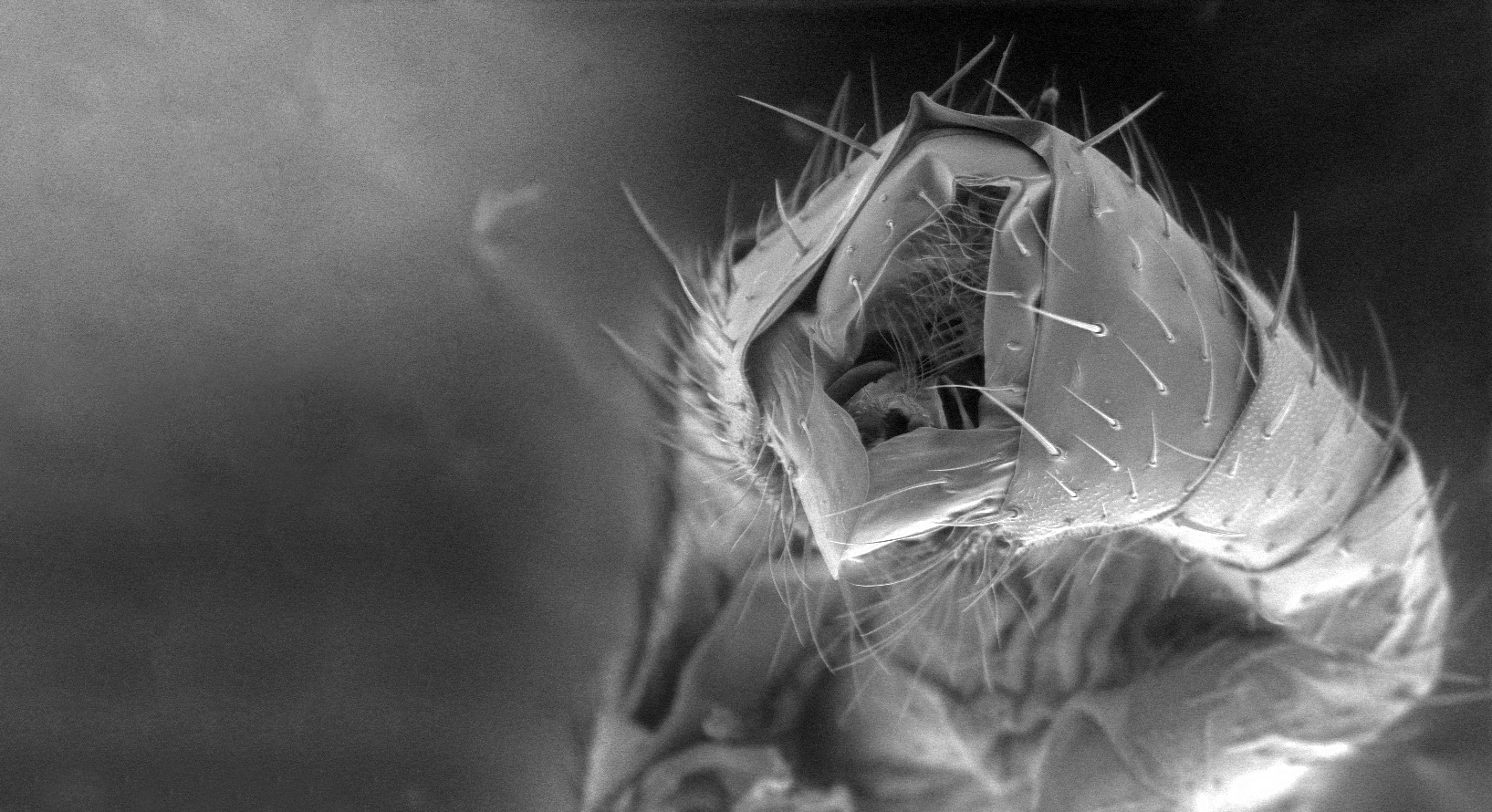
Research
The Biology Department and Chemistry Department are both using the SEM for intricate research projects, some interdisciplinary.
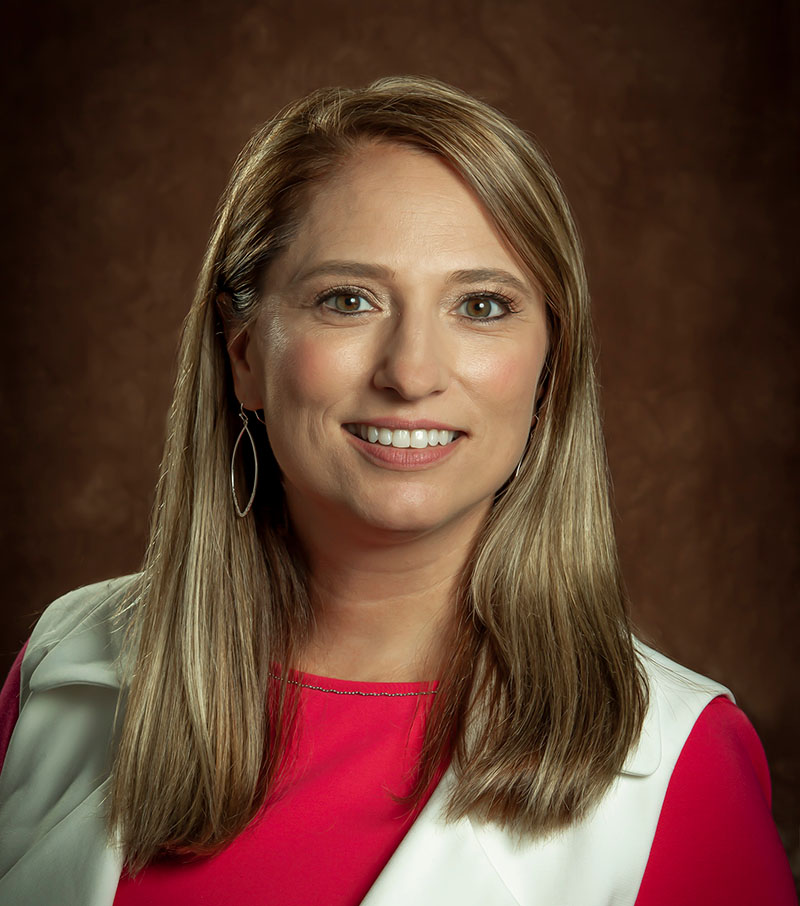
Deanna Soper, Ph.D.
The Soper Lab is using the SEM microscope to better understand both morphological structures and physiological processes. We use the SEM to examine the genitalia of fruit flies and snails. Genitalia is frequently analyzed by biologists because it is a quickly evolving trait, which can lead to speciation. Frequently, especially in insects, it is the only trait taxonomists can use to distinguish different species. In addition, we have a collaboration with Mote Marine Laboratory to examine the effects of increased ocean temperature and decreased pH on stony coral skeleton formation. The SEM has the capability to quantify elemental content, and we are using that data to determine if coral skeleton formation is altered under these two different environmental parameters.
Learn more about Dr. SoperDeanna Soper, Ph.D.
Dr. Soper's area of expertise is evolutionary biology & ecology. Her lab has a wide variety of projects because she maintains multiple collaborations to provide an array of experiences to her undergraduate research students. Most recently her work has focused on host/parasite distribution and abundance of freshwater snails and their parasites in Michigan, AI development using ROV-collected video footage of deep-sea habitats that can be used to glean biodiversity data, and growth and gene expression in an endangered stony coral.
Dr. Soper's Faculty Page
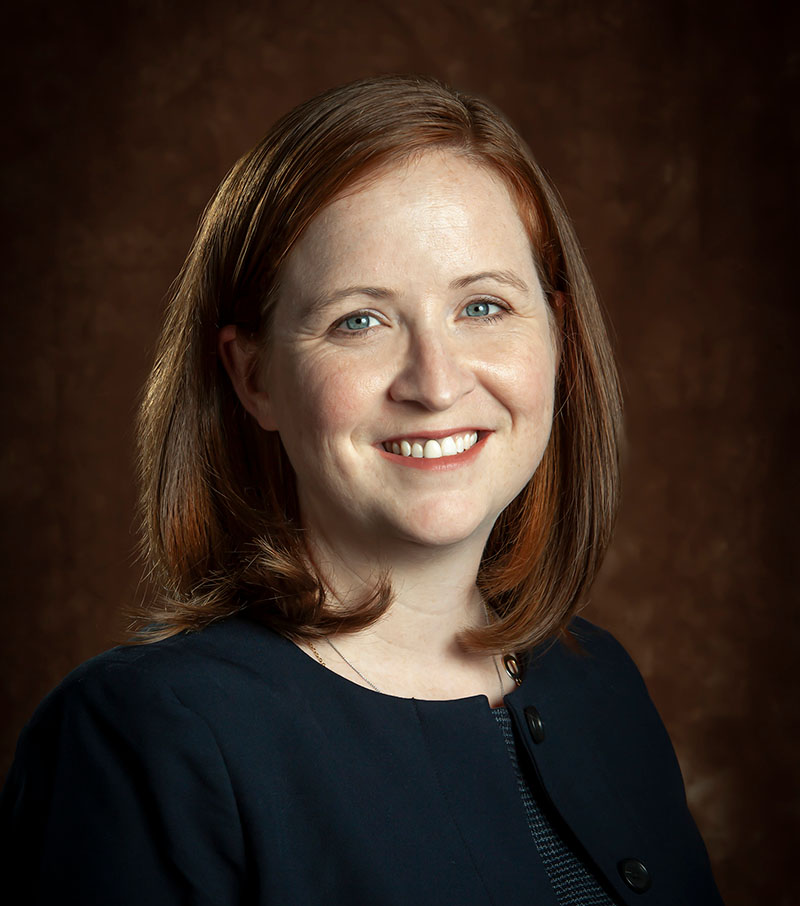
Ellen Steinmiller, Ph.D.
The SEM is used in the W.M. Keck Electron Microscopy Center to investigate the morphology of composite inorganic photocatalysts. The SEM allows both imaging and elemental analysis of the synthesized materials. The W.M. Keck Electron Microscopy Center also uses the SEM to image bacteria in a collaboration with the Cody Lab in the Biology Department.
Learn more about Dr. SteinmillerEllen Steinmiller, Ph.D.
Dr. Ellen M. P. Steinmiller received her undergraduate education at the University of Arkansas. While an undergraduate, she was fortunate to study in the lab of Dr. Ingrid Fritsch investigating microfluidic devices with integrated microelectrodes. Her experience with undergraduate research led her to graduate school at Purdue University. At Purdue, she worked in Dr. Kyoung-Shin Choi’s group studying the photo electrochemical properties of electrodeposited metal oxide materials. After receiving her PhD in 2009, she worked as a postdoctoral research associate with Dr. Sara Skrabalak at Indiana University. Her research focus is on designing architecturally interesting metal oxide materials for photocatalysis.
Dr. Steinmiller's Faculty Page
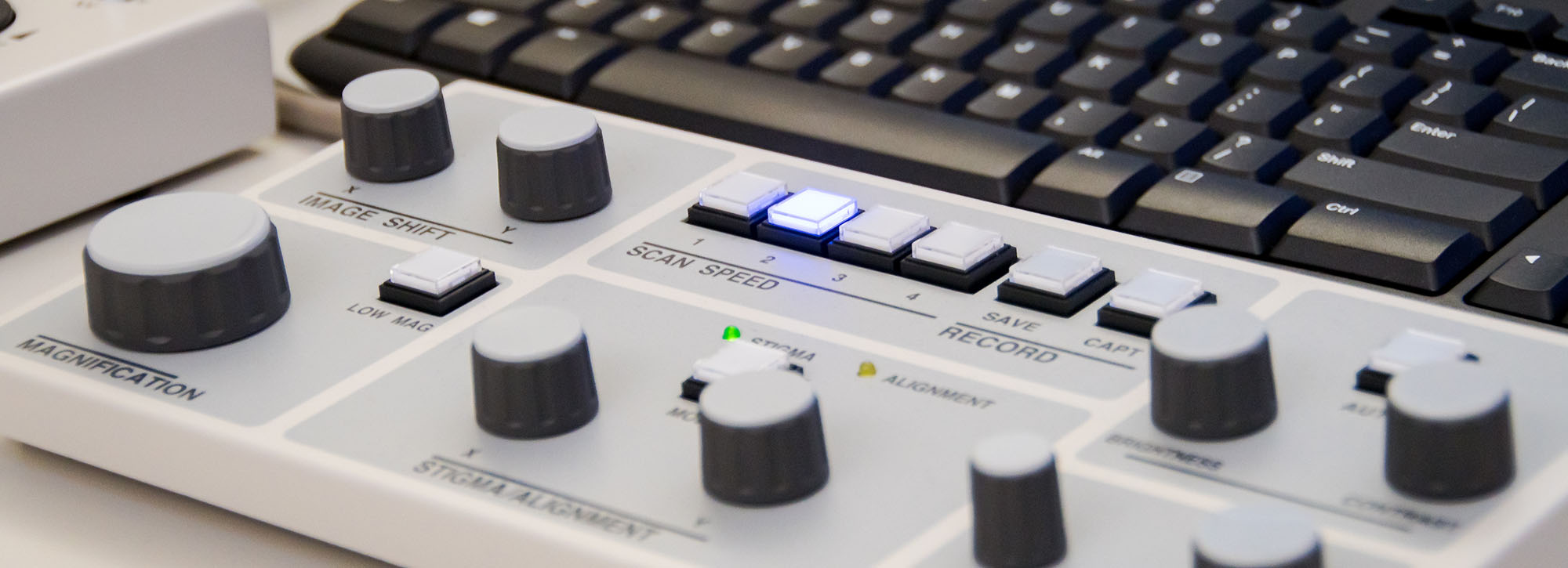

Assistant Professor Deanna Soper (Biology), Laboratory Manager Arthur Sweeney (Physics), and Associate Professor Ellen Steinmiller (Chemistry) are working to demo the scope for prospective students.

Energy Dispersive X-Ray Analyzer (EDX) attachment that allows researchers to quantify elemental composition.

Dr. Steinmiller showing Arthur Sweeney and a UD student elemental analysis using the EDX.

ZnO "rods" synthesized in the W.M. Keck Electron Microscopy Center.

Drosophila melanogaster male genitalia. Photo credit: Dr. Deanna Soper

Pseudomonas, a common bacteria found all over the world in soil, water and plants.

Potamopyrgus antipodarum, a freshwater snail from New Zealand head and genitalia (on top).
Photo credit: Dr. Deanna Soper
Contact Us
dsoper@udallas.edu | 972-721-5245
esteinmiller@udallas.edu | 972-721-5110
